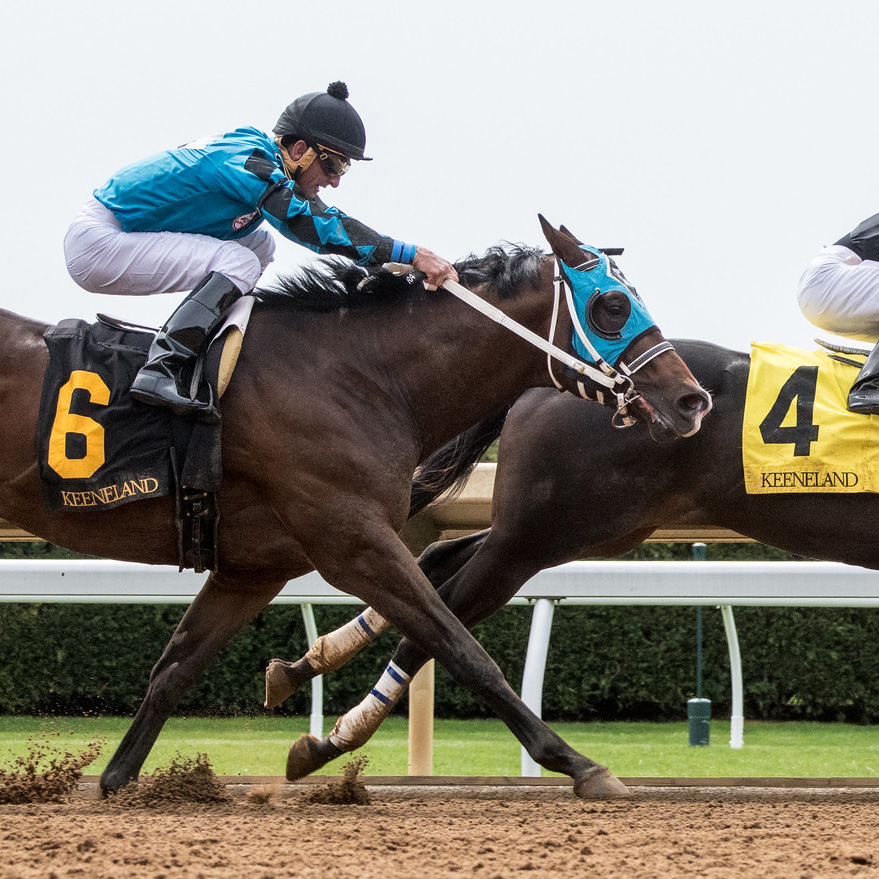University of Minnesota researchers tackle sudden death in racehorses
February 3, 2020

Equine scientists look to genetics and diagnostic imaging to mitigate the growing problem
ST. PAUL, MINNESOTA --- Despite their athleticism, roughly 50 percent of healthy racing thoroughbreds experience cardiac arrhythmias — or, irregular heartbeats — when exercising. Nineteen percent of horse deaths on the racetrack are considered sudden, but only 53 percent of those sudden death cases receive a diagnosis. Racehorses are specifically bred to have larger, structurally sound hearts and yet, nearly half of them are still experiencing arrhythmias.
Since atrial fibrillation — a type of arrhythmia — is untraceable in deceased horses, researchers at the University of Minnesota College of Veterinary Medicine (CVM) hypothesize that atrial fibrillation is the underlying cause of death for many of these horses with no visible cause of death. On March 2, the team is traveling to Santa Anita racetrack in Los Angeles, Calif. to present their research on sudden cardiac-related death in racehorses.
“There are genetic mutations in horses that, when they occur in the same place in humans, cause irregular heartbeats,” says Molly McCue, DVM, MS, PhD, DACVIM, associate dean of research at the CVM and principal investigator on a forthcoming paper on the subject. McCue is collaborating with Sian Durward-Akhurst, BVMS, MS, DACVIM, PhD candidate at the CVM, to potentially solve the sudden cardiac-related death issue for horses on the racetrack by investigating similarities and differences between how human athletes and racehorses experience cardiac arrhythmia.
“Our early research suggests that arrhythmias are tolerated better in horses,” says McCue. “Understanding why that is the case is important for horses. It is also important because if we can understand why horses tolerate it, it could point to therapies for humans.”
Athletic horses die of cardiac dysfunction less regularly than human athletes, but horses develop cardiac arrhythmias more frequently than human athletes do. Horses typically survive arrhythmias of greater magnitude than those that humans can survive. The team doesn’t know how many forms of atrial fibrillation there are in horses, but in humans there are multiple—some are caused by abnormal heart structure, but there are also those that develop without any pre-existing structural abnormalities.
Since arrhythmias are more prevalent among human athletes with larger (but still healthy) hearts than among human athletes with smaller hearts—and because racehorses are specifically bred to have larger hearts—the researchers suspect that horses with larger healthy hearts are also more likely to experience atrial fibrillation than their counterparts with smaller hearts. The scientists are on the hunt for ways to effectively measure heart size in athletic horses and will use ultrasound to eliminate horses with any cardiac abnormalities from the study.
Physicians can assess human athletes’ electrocardiogram to determine when they should retire. McCue and Durward-Akhurst are trying to develop similar testing in racehorses to help them retire before they develop a catastrophic arrhythmia. And understanding the mutations could help veterinarians anticipate problems, treatment, and prognosis for a racing career’s longevity and risk of sudden death.
“We have also already found mutations that could be causing atrial fibrillation,” says Durward-Akhurst, “Our most recently funded projects will allow us to prove which of those potential culprits are causing it and other cardiac arrhythmias.”
Durward-Akhurst and McCue’s research has been funded by the CVM, American Association of Equine Practitioners, American Quarterhorse Foundation, Morris Animal Foundation, and United States Department of Agriculture National Institute of Food and Agriculture.
###
CONTACT
Molly McCue, [email protected], 612-624-9320
Sian Durward-Akhurst, [email protected]


